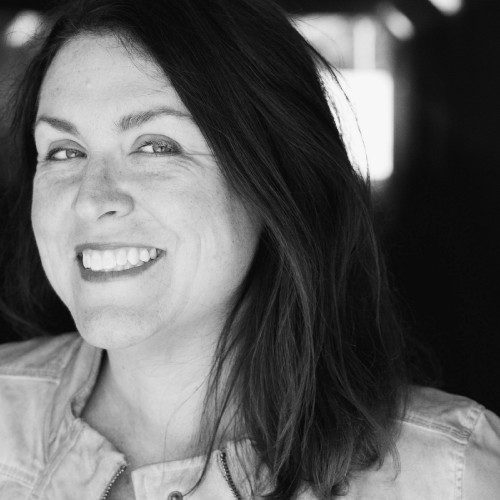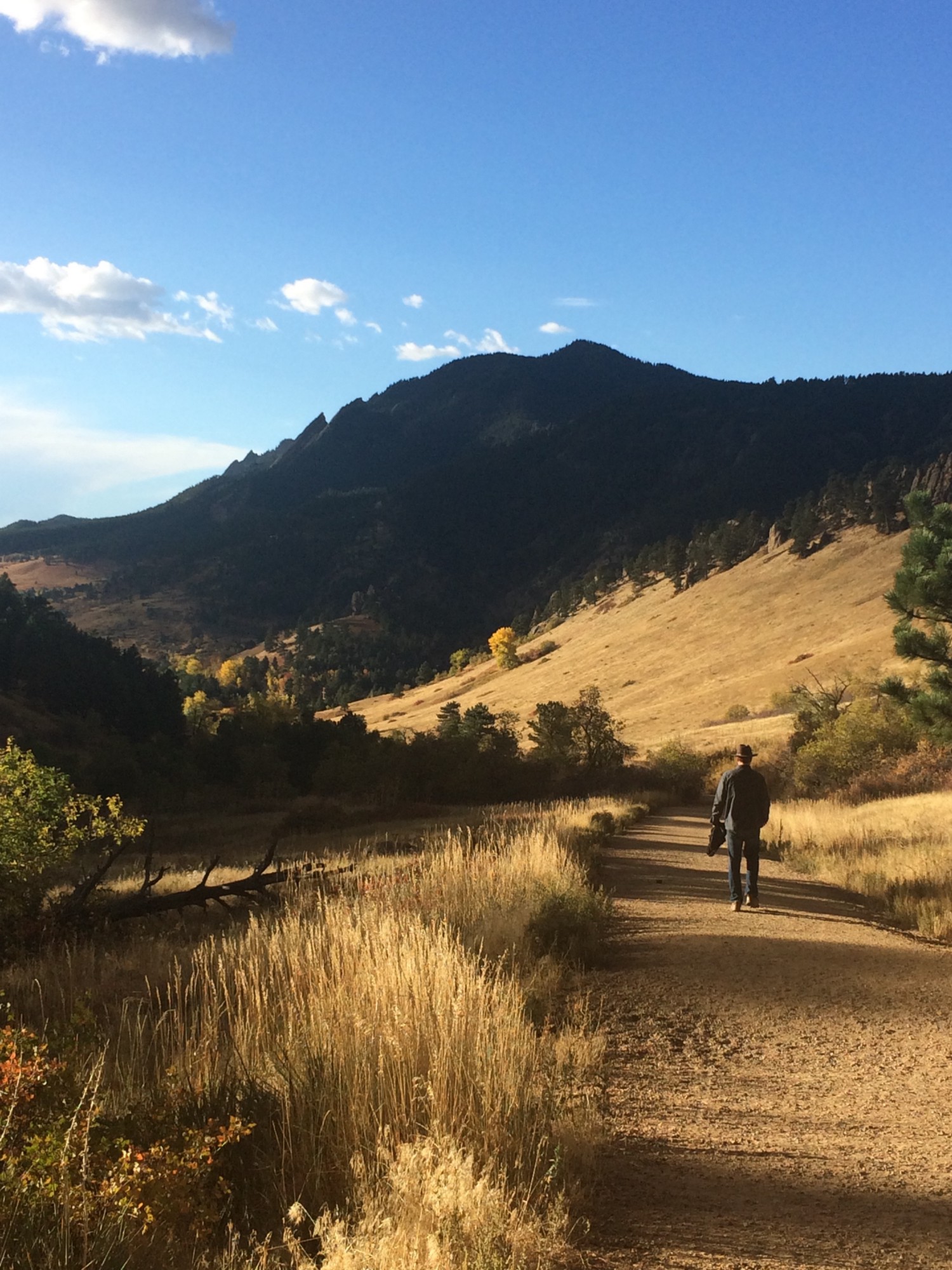We all claim to want more down time, but when it comes to really sitting alone with our thoughts, or being together with our families, sometimes our attempts are less than satisfactory. How can we take time off without feeling anxious about it? How can we ignore the repeated urges to check our phones… one… more… time. How can we carve out “down time”— whether sleep, play, or simple relaxation — AND make the most of it?
Health psychologist Dr. Lynn Rossy says, “We’ve lost the art of connection and the art of being. … ‘I need to be busy all the time’ is a huge problem for people. They think, ‘I need to be doing something constantly.’”
One beautiful aspect of time off, especially when it is free of technology, is that it gives us chance to reflect. This, however, requires learning to be alone with our thoughts. The welcome relief of having time alone can too quickly become a review of our “to do” lists, followed by questioning about the tasks we take on, and eventually a calling into question all of our major life choices.
For some of us, unpleasant emotions begin to surface rather quickly, just a few minutes into “down time.” It may start with a fleeting notion of boredom, then anxiety, with sadness and anger potentially lurking just around the corner. Who wants to feel bad, though, when you could just quickly check in with your digital world instead?
Wellness coach Paris Latka says this approach is so attractive for a reason. She noted, “We get a dopamine hit every time we post something on social media, check it, and get attention. It’s addictive.”
Recognizing this issue that “down time” can lead to unpleasant emotions, how can we both take time off and enjoy the time off? A mix of breathing, body awareness, meditation, and activity can help. Following is some guidance on incorporating each of these approaches.
1. Just Breathe.
Breathing deeply might be one of the quickest and easiest ways to reconnect to our lives. Try taking a few deep breaths.
Why does the depth of breath matter? Latka says, “Breathing shallowly communicates that we are in danger. It is disserving us on so many levels — mind, body, spirit.” Yet she explained, “When we can reconnect, we can enhance everything in our body working better.”
2. Feel your emotions, then feel them pass.
Many of us live in our heads. We try to process everything we encounter exclusively through our brain and tour thoughts. Learn to use quiet time to really sit and feel any emotions that arise — feel them in your body. If you are angry, perhaps your arms will feel tingly. If you are upset, perhaps your stomach will feel uneasy. Or your chest will feel tight. The amazing thing is… these feelings pass! So much quicker than you might imagine.
Give it a minute or two, and you can feel the sensations melting away and bringing you more toward your core. You’ll likely find other, more positive emotions surfacing as the negative emotions subside.
3. Make meditation a habit.
Try to begin “down time” with at least a few minutes of purposeful meditation. If you only have an hour of time, maybe 5 minutes to center yourself is enough.
Dr. Rossy said, “When you take time to care for yourself, you will add time to your day.” She notes, “If you take 10 minutes to meditate, you’ll have more clarity, creativity, and problem solving abilities — getting things done quicker and better, as the research shows.”
Through meditation, learn to relax while sitting in 3, then 10, then perhaps 20 minutes of silence. This may seem like an eternity at first, or it may fly by, but the end result is that you will come away from this time much more centered and able to focus on the steps that reflect your true priorities, whatever those might be.
If you are new to meditation, there are many wonderful guided meditations online or meditation apps you can download. A yoga studio near you may also end its sessions with guided meditations.
4. Find some FUN ways to move.
Activity is another critically important component of enjoying “down time”. While we may need to sit alone with our thoughts for a while, and meditation can really clear the cobwebs, our bodies ultimately want to MOVE. Physical activity brings us into the present moment and can help us become more connected to our bodies.
Feeling a connection to the body is particularly challenging for office workers. During the workday, a brisk 10-minute walk outdoors can be much more energizing for the afternoon’s tasks than a long lunch.
Or, you might start by taking a simple walk near your house and trying to notice three things that you haven’t seen before. You can do this alone or with friends and family. Another day, you may want to take yourself to an entirely new location — is there a park or neighborhood that you’ve wanted to visit? Do it! And try leaving your phone in the car when you get there. If you start to feel anxious about checking in, take a deep breath and remind yourself this is your time to check in with yourself.
With the intent to reconnect with your inner world and with those around you, these strategies can help you to value your “down time.” Rest assured that using your “down time” in this way will generate more positive energy to address the challenges in your daily life.
Originally published at medium.com


